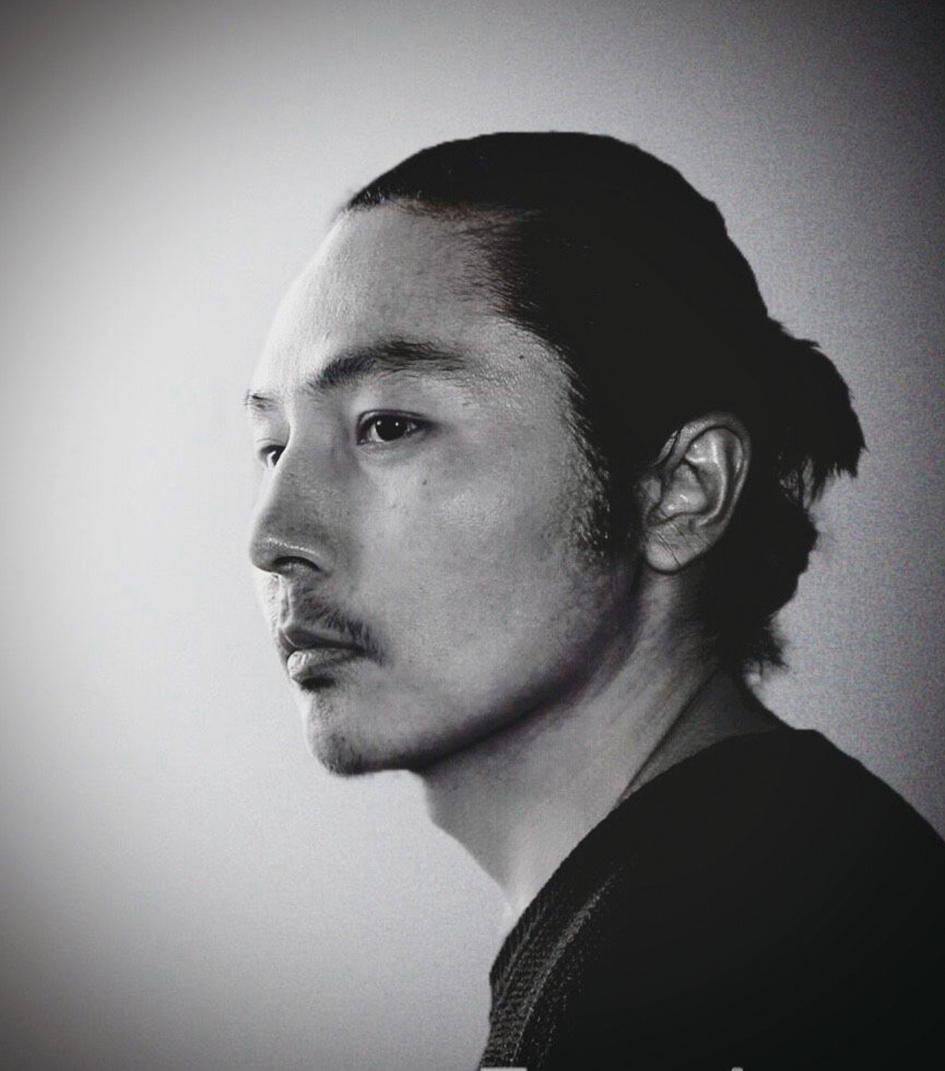
Sukhburen Narankhuu is a renowned Mongolian ceramist and a member of the Mongolian Artists Union. He has participated in international ceramic exhibitions and seminars in various countries, including the Republic of Korea, Japan, China, Russia, and France, where he has achieved outstanding results.

Narankhuu's ceramic work Deel draws on the cultural symbol of "language" or "dialect" in Mongolian culture. Through abstract artistic expression, it creates a space for cultural dialogue that transcends time and space. The creation of this piece is rooted in the modern transformation of traditional Mongolian ceramics. Its artistic value lies not only in the contemporary interpretation of local culture but also in the reconstruction and regeneration of cultural identity in the context of globalization.
I. Deconstruction and Regeneration of Cultural Symbols
The title "Deel" itself forms the first layer of semantic complexity. In Mongolian, "Deel" is both a medium for everyday greetings (such as "Jingjing Dele Hey") and a linguistic symbol that carries national memory. Narankhuu extracts this symbol from its specific linguistic context and transforms it into a material form in clay, creating a "decontextualized" cultural metaphor. This artistic approach is similar to the abstraction of the yurt's dome. When traditional symbols are detached from their practical functions, they acquire a symbolic significance that transcends time and space.
In terms of creative technique, Narankhuu continues the historical narrative tradition of Mongolian ceramist H. Khada. Khada once incorporated historical figures like Genghis Khan into his ceramic sculptures, while Deel presents cultural memory in a more subtle manner. The texture and firing marks on the surface of the work suggest the interaction between the millennia-long nomadic civilization of the Mongolian Plateau and natural forces, as if ancient symbols from rock paintings have been reborn in the kiln.
II. Construction of Philosophical Space
The artistic expression of Deel implies existentialist questions. Narankhuu once mentioned in an interview, "Each of us creates our own small universe, which disappears with our demise." This contemplation of the relationship between the individual and the universe is reflected in the work through the contradictory nature of the ceramic form—it exhibits both regular geometric structures and the spontaneity of hand-molding. This contradiction mirrors the spiritual predicament of contemporary Mongolians: on the one hand, they are disciplined by the standardization of globalization, while on the other hand, they strive to maintain the uniqueness of their cultural identity.
III. The Inspirational Value for Contemporary Art
The creative practice of Deel offers methodological insights for the modern transformation of traditional ceramics. At an international ceramic exhibition at the Tsinghua University Art Museum, curator Hang Jian pointed out that contemporary Chinese ceramics often suffer from a "superficial transplantation of Western modernism." In contrast, Narankhuu's work presents an alternative possibility. He does not simply adopt the formal language of Western modern ceramics but instead extracts a narrative logic of "language - symbol - memory" from the deep structure of Mongolian culture. By leveraging the tension between the materiality of the medium and the abstraction of the concept, he achieves a creative transformation from tradition to modernity.
This strategy of transformation has significant implications for global cultural exchange. In the case of Korean artist Lee Jeseok, who combines old porcelain shards with modern ceramics, the value of cultural heritage is redefined. Deel, however, reveals through the abstraction of linguistic symbols that cultural identity is not a fixed form but a dynamic process of meaning generation. This perspective dissolves the traditional-modern binary and offers an artistic model for the coexistence of diverse cultures.
IV. Cultural Consciousness in the Context of Globalization
The significance of Deel lies in its profound awakening of cultural consciousness. Against the backdrop of the Mongolian government's push for the modernization of the ceramics industry, Narankhuu's creation responds to policy directives while maintaining artistic independence. The frequent appearance of his works in international exhibitions (such as the 2019 Hong Kong Contemporary Art Exhibition) demonstrates the competitiveness of local culture in the global art market. This success is not based on exotic Oriental expressions but is achieved through philosophical depth and innovative artistic language, realizing the equality of cultural dialogue.
The value of Deel transcends the realm of traditional ceramics, becoming a cultural metaphor. When linguistic symbols are solidified in clay, they both preserve the memory of the nomadic civilization and open up new spaces for meaning. This duality is akin to the horizon of the Mongolian Plateau: it is both a geographical boundary and a starting point for imagination. Narankhuu's creation reminds us that in the age of globalization, the construction of cultural identity is not a simple replication of tradition but a re-creation through art, allowing ancient symbols to find new life in the contemporary context.